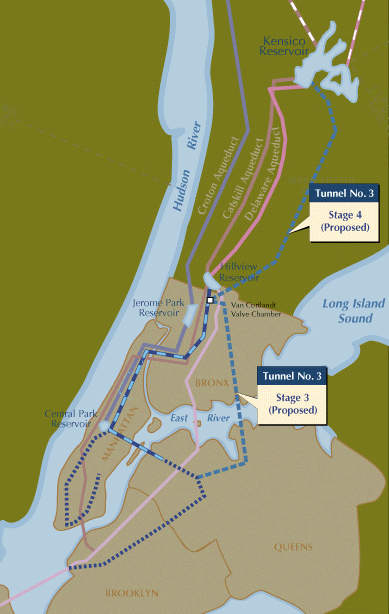Water Quality Program - Riverkeeper Fundamentals Explained


Safe at Home? Lead in Tap Water Remains Issue in Some City Dwellings

NYC Schools Left Thousands Of Lead-Contaminated Water Spouts Unfixed For Months, Sometimes Years - Gothamist
Looking Deep Into The Future To Solve Lifeguard Shortage Can Be Fun For Everyone
These small particles can likewise alter the taste and smell of the water as well as consist of microbiological organisms that can really make individuals ill shortly after drinking. These filters typically utilize activated carbon; triggered carbon is a type of carbon processed to have little, low-volume pores that increase the surface area offered for adsorption of contaminants or chemical reactions with the contaminants triggering them to adhere to the carbon. At Epic Water Filters we use strong triggered carbon blocks for our filters which we believe is the remarkable method to filter pollutants out of your water. Granular triggered carbon filters( GAC )have loose granules of carbon that appear like black grains of sand. This Is Cool of carbon, are discarded into a container and the water is forced to take a trip through the container to reach the other side, going by all of the grains of carbon.


Water Testing Of Private Preschool Manhattan - Get Your Drinking Water Tested In Manhattan
These filters force the water to attempt to find a method through the strong wall and countless layers of carbon until they reach a channel which leads the water out of the filter. Both filters are made from carbon that's ground into small particle sizes. Strong activated carbon blocks are ground even further into a fine mesh 7 to 19 times smaller than the (GAC). Circulation channels also establish in between the granules of carbon themselves, causing less effective filtration as there is less and less contact time between the water and the carbon. Solid activated carbon blocks, on the other hand, are much tighter and won't even let microbial cysts like giardia and cryptosporidium(7 to 10 Microns in size )travel through the filter without getting captured in the millions of layers of carbon. During this contact time is when damaging pollutants like lead, adhere to the carbon and are gotten rid of from water. This occurs throughout a procedure called adsorption, the other purification approach that strong activated carbon blocks use is called depth filtration. This is where the thickness of the carbon block filter enters into play to help eliminate pollutants as they need to go through these thick carbon walls. Strong activated carbon obstructs on the other hand take longer to make and are more expensive to make but with this expenditure you will get remarkable contaminant removal since the water must take a more strenuous path through countless layers of compressed carbon before it reaches your drinking glass.(GAC)filters do refrain from doing enough to minimize contaminants, this is why they are not.
